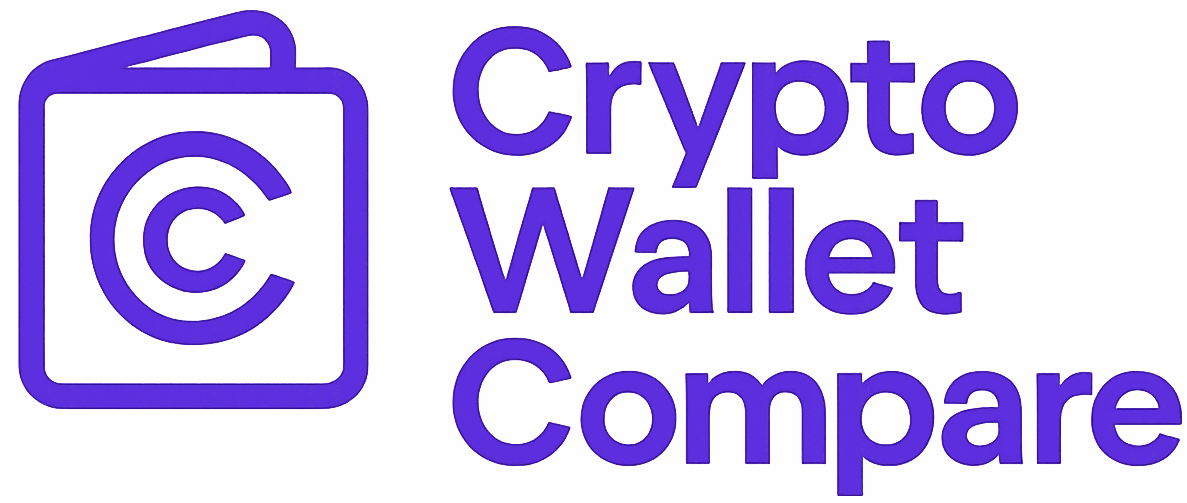Ready to streamline your crypto life? Whether you’re a die-hard HODLer or an active trader who thrives on market momentum, choosing the right wallet is mission-critical. Today, we put Ledger Live and Binance Wallet head-to-head to see which delivers the ultimate all-in-one crypto experience. Let’s break down what really matters: security, control, features, and real-world usability.

Security Showdown: Offline Control vs Platform Convenience
Ledger Live, when paired with a Ledger hardware wallet like the Nano S Plus or Stax, is laser-focused on security. Your private keys never touch the internet, they stay locked inside your device. This cold storage approach slashes your risk of hacks or platform breaches. If you’re serious about safeguarding your assets from phishing attacks or exchange failures, this is as close to bulletproof as it gets.
Binance Wallet, in contrast, is a custodial solution. Binance holds your private keys for you. That means fast access and seamless trading, but also some tradeoffs: if Binance gets compromised, so do your funds. For users who value convenience over maximum control, or are already deep in the Binance ecosystem, this can be a fair tradeoff.
Feature Face-Off: Buy, Swap and Stake Without Leaving the App
If you want more than just storage, both wallets deliver, but their strengths differ:
Ledger Live vs Binance Wallet: Key Feature Showdown
-

Security Approach: Ledger Live integrates with Ledger hardware wallets, keeping your private keys offline for maximum protection. Binance Wallet is custodial—Binance holds your keys, which may expose assets if the platform is compromised.
-

Asset Support: Ledger Live manages over 5,500 cryptocurrencies, including Bitcoin, Ethereum, and altcoins. Binance Wallet supports a broad range of coins available on the Binance exchange.
-

Trading & Swaps: Binance Wallet shines with integrated trading—buy, sell, and swap instantly within the platform. Ledger Live offers swaps and purchases via trusted partners, but often with higher fees than exchanges.
-

Staking Features: Both wallets let you stake and earn rewards. Ledger Live supports staking for select coins directly or via partner apps; Binance Wallet offers a wide range of staking and earning products within the exchange ecosystem.
-

User Control: Ledger Live is non-custodial—you control your assets and keys. Binance Wallet is custodial, so asset management and security depend on Binance.
Ledger Live lets you manage over 5,500 cryptocurrencies from one dashboard. Buy, sell, swap (via integrated partners), stake coins like ETH and DOT for rewards, all without handing over your private keys. The app even supports DeFi services such as lending and borrowing through trusted integrations (see full breakdown here). Power users can update device firmware directly from the app for maximum security hygiene.
Binance Wallet shines when it comes to integrated trading tools. You can buy crypto with fiat in seconds, execute spot trades across hundreds of pairs, and tap into advanced order types, all within one platform. Staking is available for major coins with competitive rates, no hardware required, but remember that Binance handles custody of those staked assets.
User Experience and Control: Who Really Owns Your Crypto?
This is where philosophy meets practice:
- Ledger Live: Non-custodial model provides you own your keys. Lose your recovery phrase? Funds are gone forever, but nobody can freeze or seize them either.
- Binance Wallet: Custodial model, convenient password resets and customer support if things go wrong. But ultimate control stays with Binance.
The difference isn’t just technical, it’s fundamental to how you interact with crypto as an asset class.
The Fee Factor: What Does Convenience Cost?
A quick heads-up for value hunters: swapping coins in Ledger Live typically incurs higher fees than using DEX aggregators directly or trading on centralized exchanges like Binance. If low friction and cost are top priorities, and you’re comfortable with custodial risk, Binance often wins here (see community discussion). But if self-custody trumps savings for you? Those extra basis points might be worth it.
Let’s zoom in on real-world usability. Ledger Live is a powerhouse for those who want to be their own bank, especially if you’re staking, holding, or exploring DeFi without giving up control of your keys. The interface is clean and intuitive, with guided onboarding that gets even first-timers up to speed quickly. For mobile warriors, Ledger Live’s app supports the full suite: buy, swap, stake, and even firmware updates, no desktop required.
Binance Wallet, meanwhile, is all about speed and convenience. If you’re the kind of trader who wants to jump on market moves without fumbling with hardware or recovery phrases, Binance’s platform is hard to beat. Integrated charting tools, instant swaps between assets, and deep liquidity make it a go-to for active trading. Plus, fiat onramps mean you can buy crypto with a credit card in seconds, no third-party apps needed.
Which Wallet Wins? The Verdict for 2025
So which wallet takes the crown in 2025? It comes down to your priorities:
Pros & Cons: Ledger Live vs Binance Wallet
-

Ledger Live: Superior Security – Integrates with Ledger hardware wallets, keeping your private keys offline for robust protection against hacks.
-

Ledger Live: Full User Control – Non-custodial setup means you maintain sole ownership of your private keys, minimizing third-party risk.
-

Ledger Live: Broad Asset Support – Manage over 5,500 cryptocurrencies, including Bitcoin, Ethereum, and top altcoins, all in one app.
-

Ledger Live: Built-in Staking & DeFi – Stake, swap, and access DeFi services directly, though swap fees can be higher than using DEX aggregators.
-

Ledger Live: Higher Swap Fees – Swapping crypto within Ledger Live often incurs higher fees versus decentralized exchanges or aggregators.
-

Binance Wallet: Integrated Trading – Buy, sell, and trade a vast range of cryptocurrencies seamlessly within the Binance platform.
-

Binance Wallet: Wide Asset Availability – Access all tokens listed on Binance, one of the largest crypto exchanges globally.
-

Binance Wallet: User-Friendly Experience – Streamlined interface ideal for active traders and those seeking convenience.
-

Binance Wallet: Custodial Risks – Binance holds your private keys, meaning your assets are at risk if the platform is compromised.
-

Binance Wallet: Regulatory Exposure – Subject to exchange regulations, which can impact access or usage in certain regions.
If security and true ownership are non-negotiable for you, or if you want to experiment with DeFi while keeping your keys offline, Ledger Live is the clear winner. It’s especially compelling for long-term holders and anyone staking directly from cold storage (see this detailed feature breakdown).
If you value convenience, integrated trading features, and don’t mind trusting a third party with custody (especially if you’re already trading actively), Binance Wallet will supercharge your workflow. The ability to move fast, and access customer support if something goes wrong, makes it a strong pick for beginners or high-frequency traders.
The Bottom Line: Choose Your Own Crypto Adventure
No single wallet fits every style or risk profile. If you’re chasing security and sovereignty over your digital assets, pair Ledger Live with a hardware device and sleep easy knowing your keys are offline. If seamless swaps, instant trades, and user-friendly staking are more your vibe, and you’re comfortable with custodial risk, Binance Wallet could be your launchpad.
The smartest move? Many pros use both: cold storage for their long-term holdings via Ledger Live plus an active trading stack on Binance Wallet to seize market micro-moments. Don’t box yourself in, tailor your setup to fit how you actually use crypto day-to-day.




